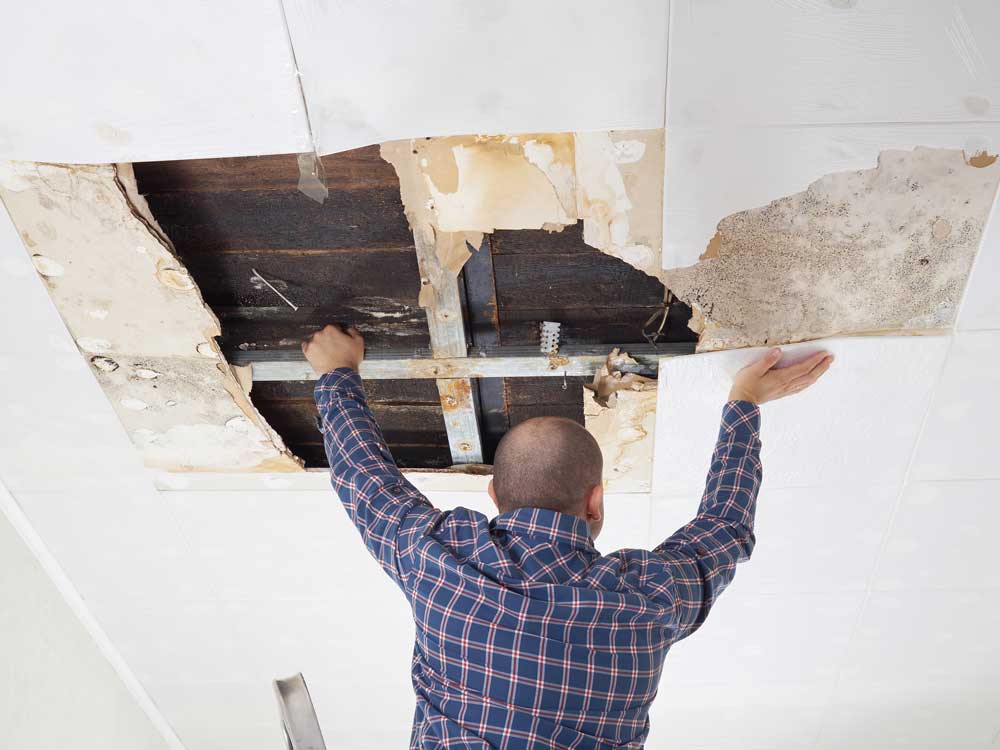Early signs of a leak in your building

A leak in your commercial building can be disastrous if not caught early, whether that leak comes from the roof or somewhere in the plumbing of the building. Regular building inspections and thorough maintenance for all systems are important steps in preventing leaks.
Here are several common signs of a potential leak to watch for during regular building inspections.
Puddles on the roof after it rains
You should inspect the roof of your building after any heavy rain, hail, wind, or winter precipitation. If you regularly find puddles on the roof after it rains, you may already have a leak or one may be coming soon. Once you identify pooling on the roof, determine how to resolve the drainage issue to prevent leaks, and then check carefully for any additional signs of existing leaks.
Tears, cracks, bubbles, or other damage to roofing materials
The roof of your building consists of many different protectants to help keep water out. If any of those components are damaged due to a storm, basic wear and tear, or improper installation, your roof is at risk of leaking.
Slow drainage from upper floors
For multi-story buildings, upper floors may sometimes experience slow draining sinks or toilets. This could signify clogs that could result in a significant leak if not handled quickly.
Increased water bills
If your water bill increases but area rates haven’t, chances are you have a slow leak somewhere in your building. As part of routine maintenance checks, review the year-over-year water usage statistics for your building, which can help account for any seasonal spikes in usage.
Low water pressure
A sudden loss of water pressure could indicate a broken pipe or complete blockage somewhere in your system. A more gradual change in water pressure could indicate a partial blockage that can be addressed before it becomes a major problem.
If you notice any signs of a suspected leak but are unable to identify the source, contact a qualified leak detection professional, who can utilize a variety of methods to identify the source and help you resolve the problem.
